Ancient news stories
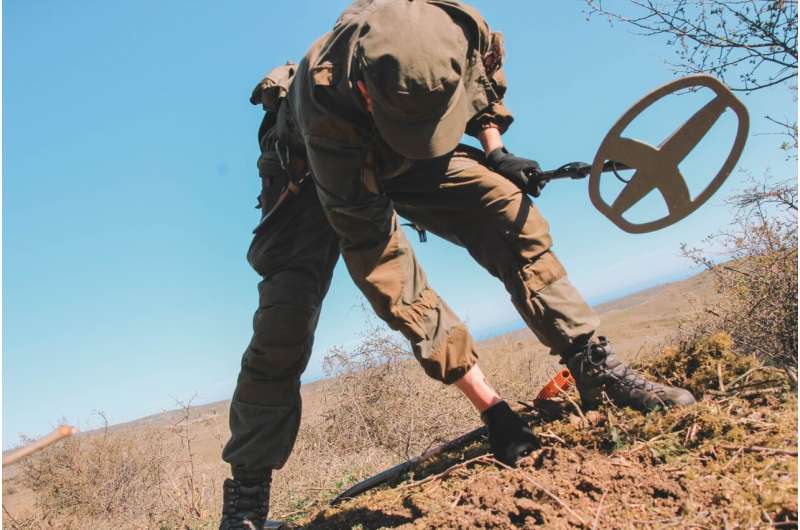
Excavation of the layered sediments at Avon Downs reveals a long history of raw stone extraction and tool making. In the short period of our study, we recorded about 1,500 stone artifacts on the surface and under the ground. Details of the findings can be found d here in the newly published research.
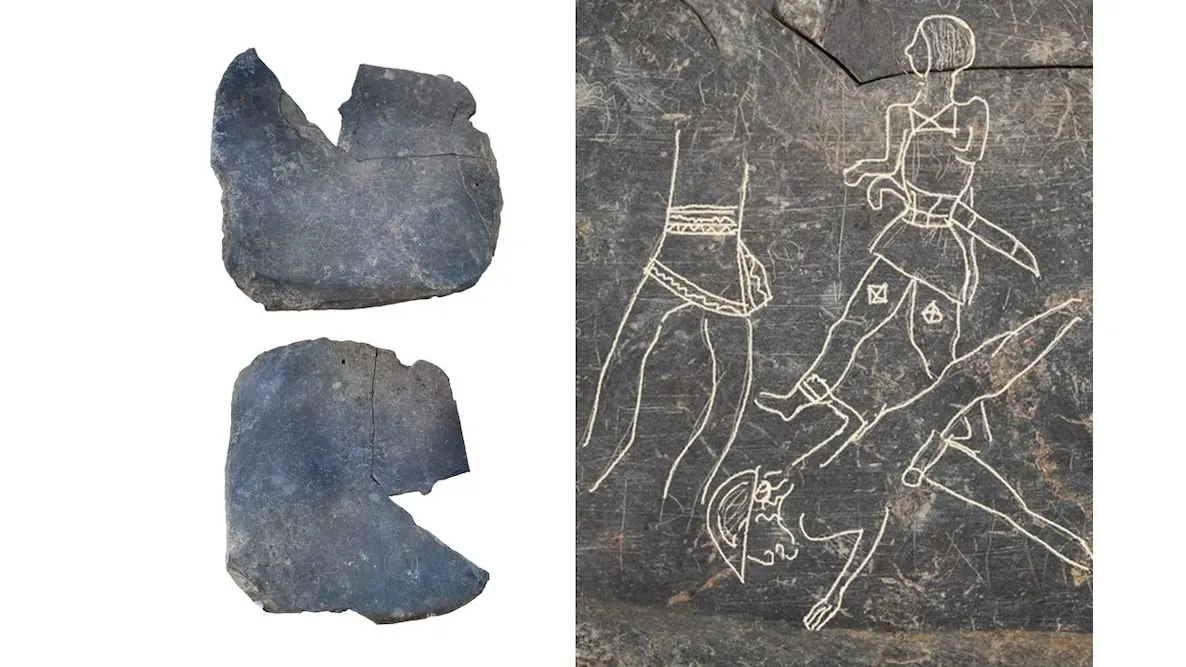
Archaeologists in Spain have discovered a unique tablet containing ancient drawings that depict Tartessian battle scenes and an alphabet.
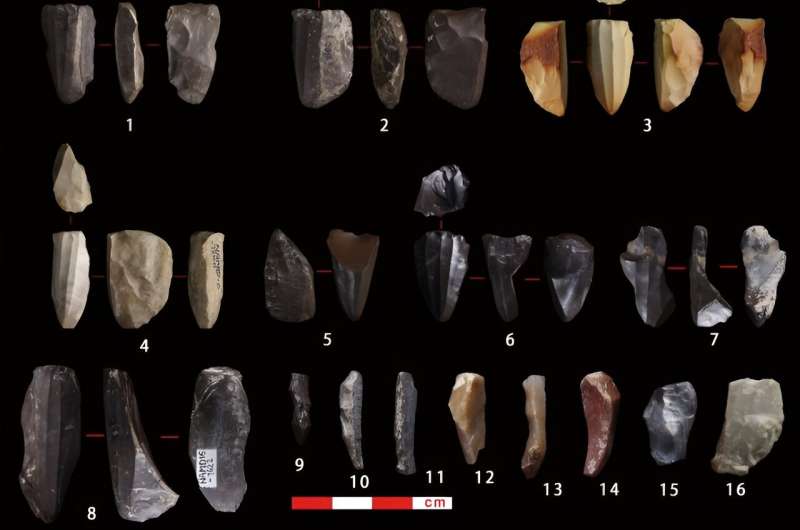
A research team led by Prof. Zhang Xiaoling from the Institute of Vertebrate Paleontology and Paleoanthropology (IVPP), Chinese Academy of Sciences, published a paper entitled “The Earliest Evidence for a Microblade Adaptation in the Remote, High Altitude Regions of the Tibetan Plateau” in Science China Earth Sciences.
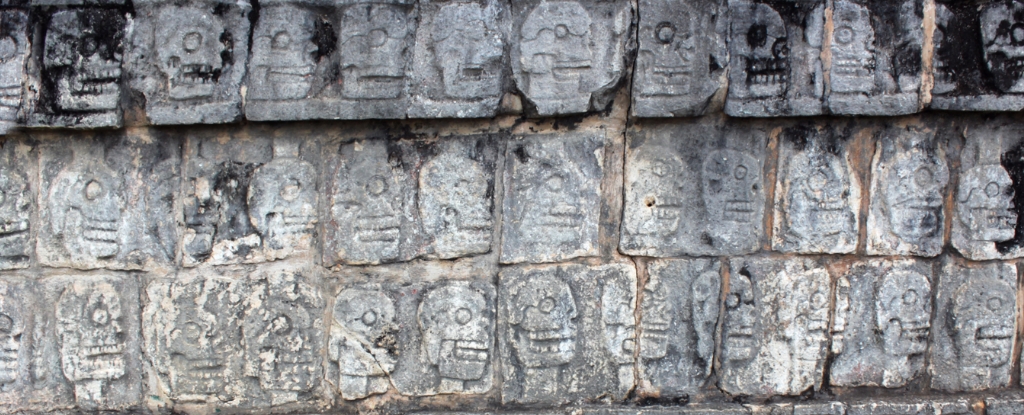
According to a new analysis of ancient DNA led by researchers from the Max Planck Institute for Evolutionary Anthropology, the chosen victims have something in common.
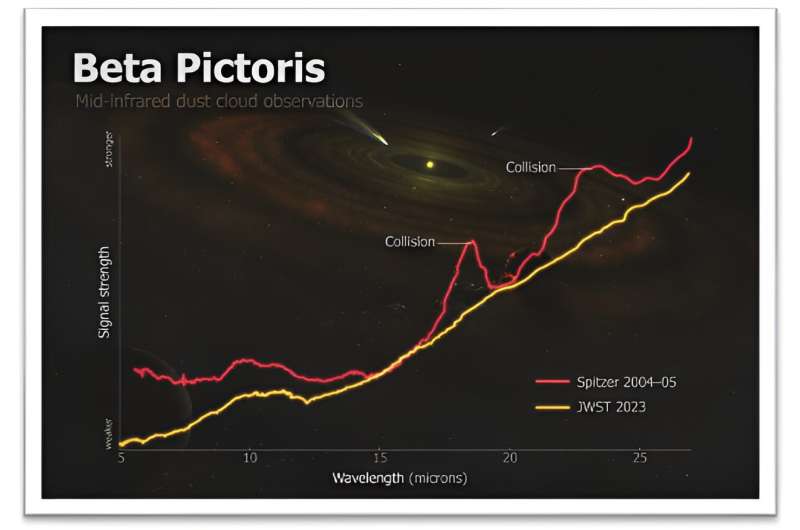
Astronomers have captured what appears to be a snapshot of a massive collision of giant asteroids in Beta Pictoris, a neighboring star system known for its early age and tumultuous planet-forming activity.
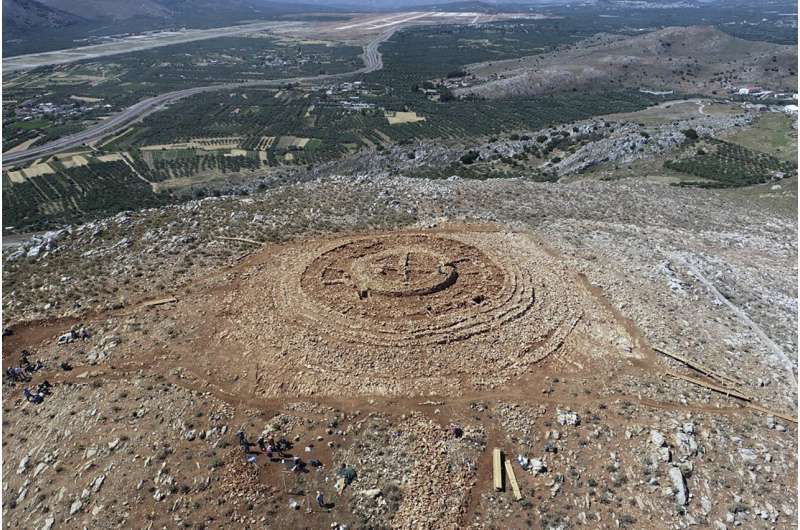
Greece’s Culture Ministry said Tuesday that the structure is a “unique and extremely interesting find” from Crete’s Minoan civilization, famous for its sumptuous palaces, flamboyant art and enigmatic writing system.
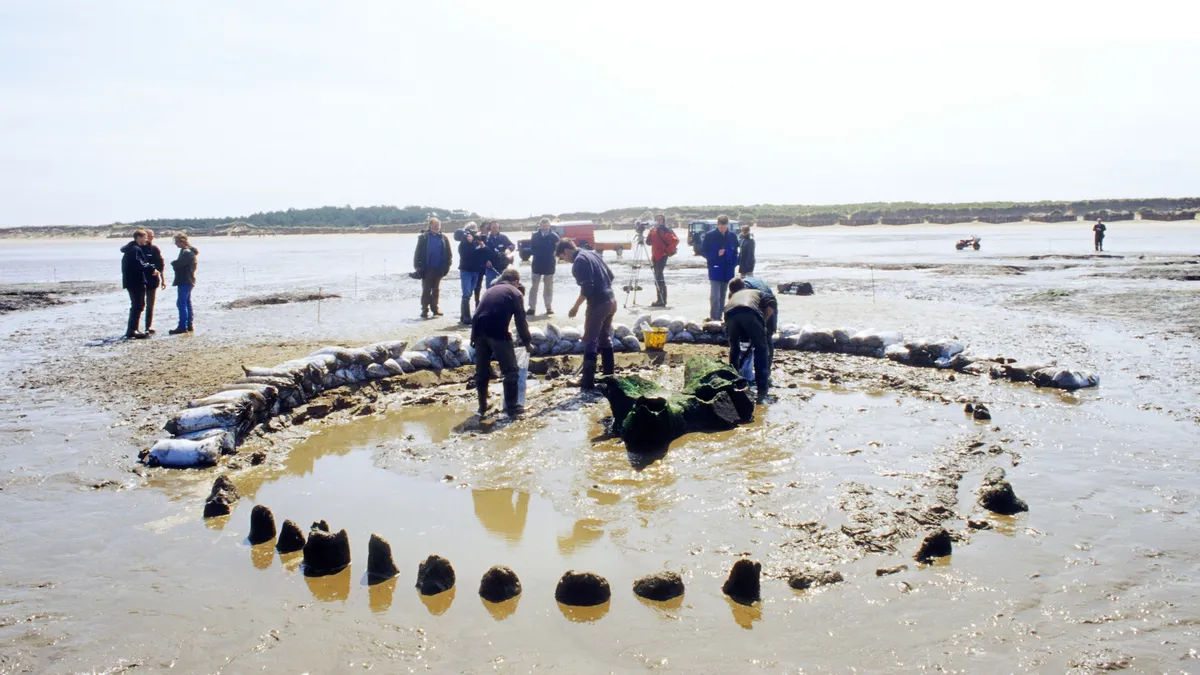
A mysterious Bronze Age wooden circle known as “Seahenge” on England’s east coast was built more than 4,000 years ago in an effort to bring back warmer weather during an extreme cold spell, a new study suggests.

Thin dusting of water ice appears to form overnight in summit craters and evaporate after sunrise, scientists say
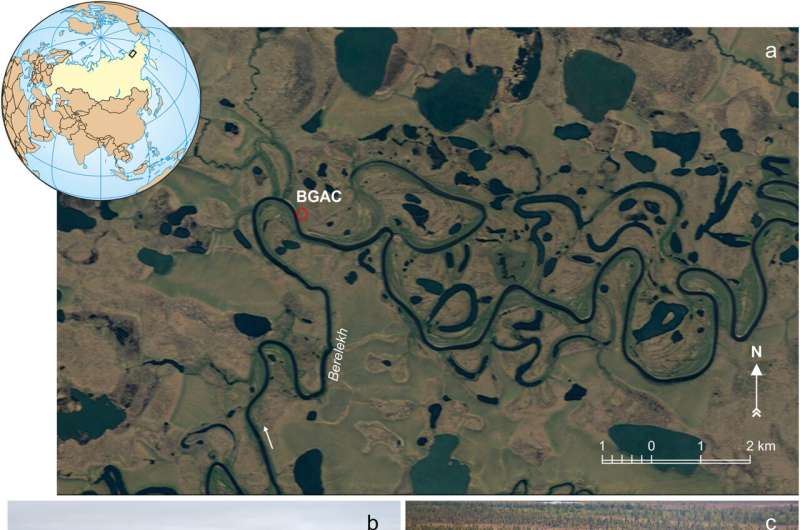
In the East Siberian Arctic (>70 °N), there is not only evidence of significant woolly mammoth populations, but also how humans interacted with them, the focus of new research in Quaternary Science Reviews.

A new dating technique is used to more accurately estimate time differences between Paleolithic-age hearth fires. In a paper published in the journal Nature, the group describes how their new dating technique works, its accuracy range, and what their findings reveal about Neanderthals living in a river valley in what is now Spain approximately 50,000 years ago.
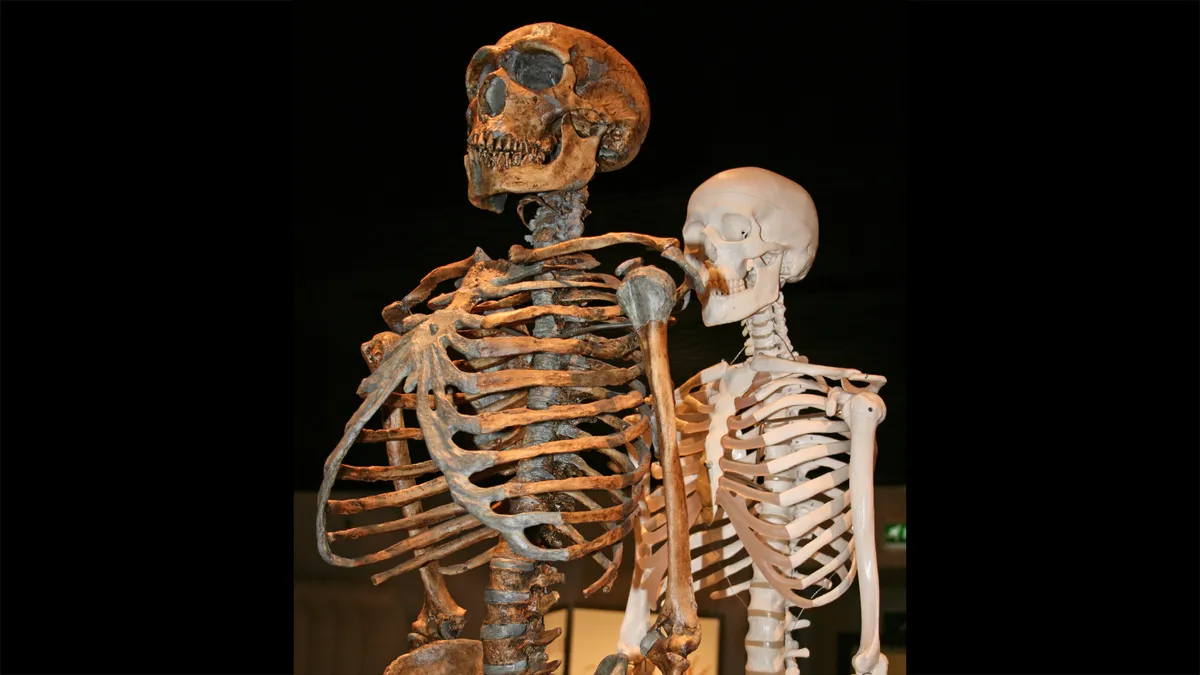
Neanderthal genes seen in modern humans may have entered our DNA through an interval of interbreeding starting about 47,000 years ago that lasted nearly 7,000 years, new research finds.
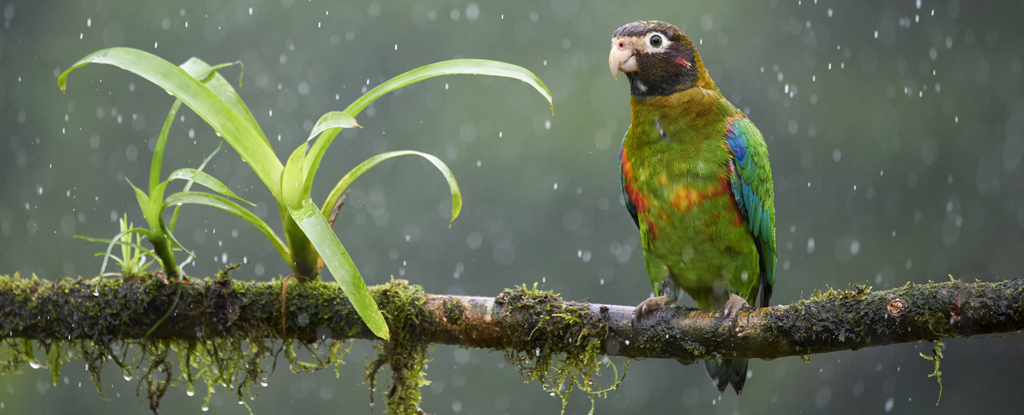
Earth’s largest remaining tract of tropical rainforest is kept alive by a complex water cycle that we’re only just beginning to understand. Yet our activities are changing it before we can see the full picture, a new report finds.
New research led by geologists at Western Australia’s Curtin University provides evidence that fresh water emerged on Earth about 4 billion years ago – half a billion years earlier than previously thought. The study is published in the journal Nature Geoscience.
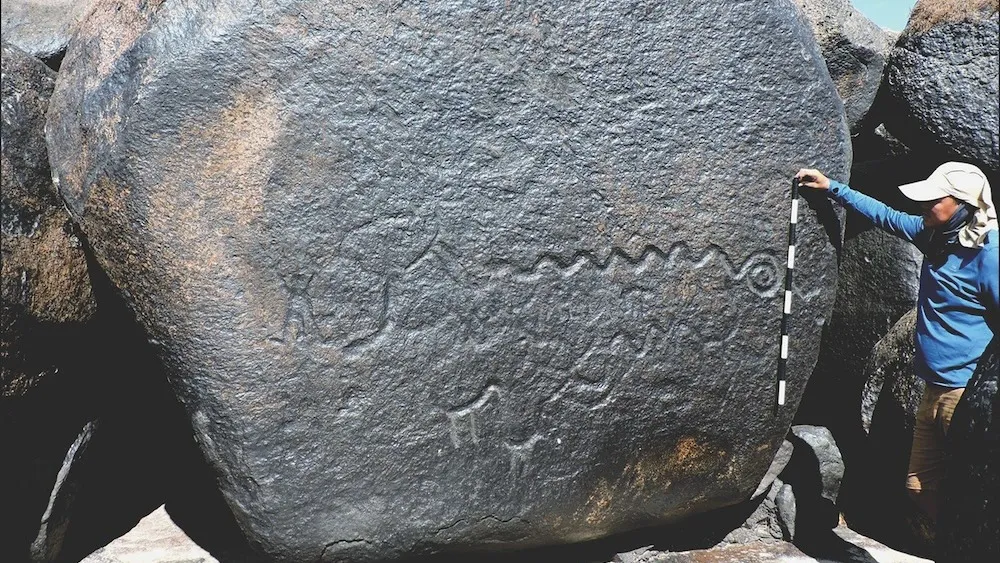
Archaeologists have fully mapped a series of ancient rock art in Venezuela and Colombia, including the world’s largest monumental engraving, using photography and drone footage. The study was published on Tuesday (June 4) in the journal Antiquity.

Researchers have explored how the River Nile evolved over the past 11,500 years and how changes in its geography could have helped shape the fortunes of ancient Egyptian civilisation. The research is published in Nature Geoscience.
Image by: Marc Ryckaert (MJJR – Wiki Commons)
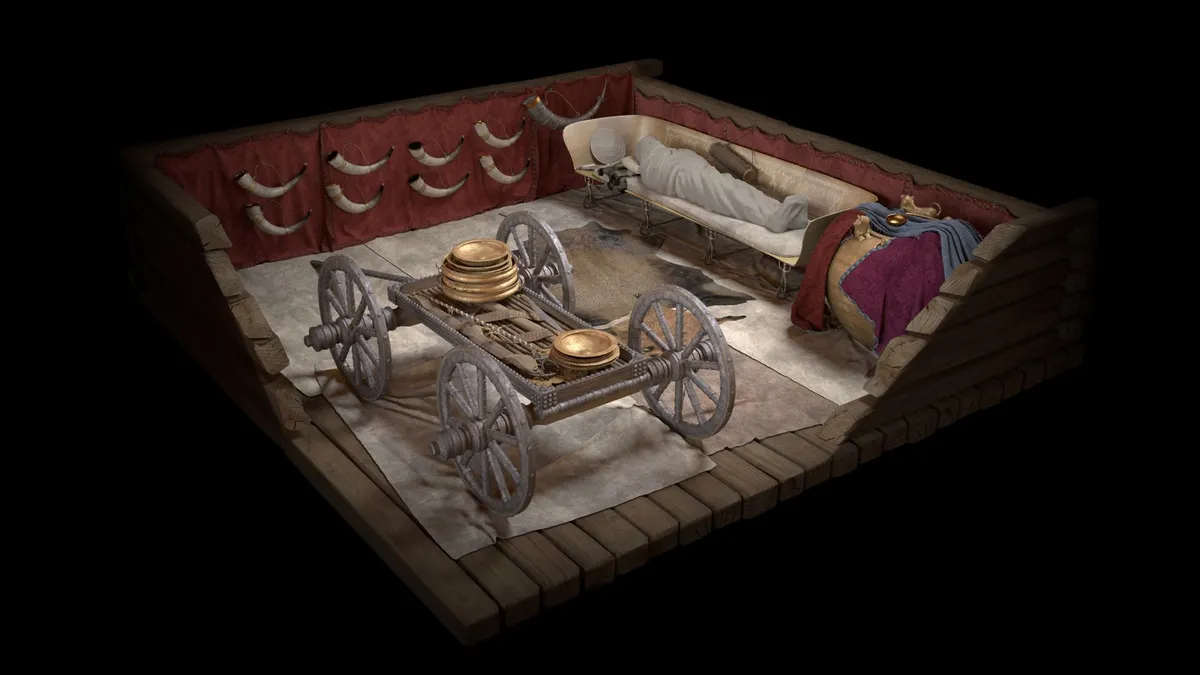
An uncle and nephew buried in two of the richest burial mounds, along with evidence of first-cousin inbreeding, point strongly toward matrilineal dynasties of elite power, according to the study, which was published Monday (June 3) in the journal Nature Human Behaviour








